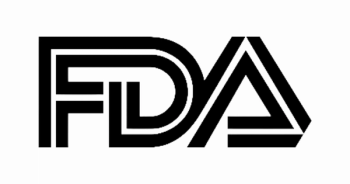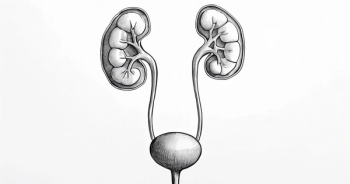
FDA Accepts Narsoplimab BLA Resubmission for Transplant-Associated TMA

The resubmitted biologics license application for narsoplimab in transplant-associated thrombotic microangiopathy has been accepted by the FDA.
- The FDA has accepted the biologics license application (BLA) resubmission for narsoplimab (OMS721) for the treatment of hematopoietic stem cell transplant-associated thrombotic microangiopathy (TA-TMA).
- A Prescription Drug User Fee Act (PDUFA) target action date of late September 2025 has been set.
- The FDA issued a complete response letter (CRL) to the initial BLA filing of narsoplimab in 2021.
The BLA resubmission of narsoplimab in TA-TMA has been accepted by the FDA, and a PDUFA target action date of late September 2025 has been set.1
This resubmission follows a CRL that was issued in October 2021 requiring additional information to support the agent’s approval.2 Omeros Corporation, the sponsor, has included data from primary analyses comparing overall survival (OS) in patients treated with narsoplimab vs an external control.1 These analyses showed clinically meaningful and statistically significant improvements in OS with narsoplimab. Data for both pediatric and adult patients were included.
In the OMS721-TMA-001 trial (NCT02222545), narsoplimab demonstrated superiority in OS with a hazard ratio of 0.32 (95% CI, 0.23-0.44; P <.00001) when compared with the external control registry.3
Additionally, the narsoplimab expanded access program (EAP) assessed 136 patients with TA-TMA, 128 of whom received allogeneic stem cell transplants. Of the 128 patients, 84 were aged 16 years or older and 44 were under the age of 16. High-risk disease was reported in 102 patients (65 adult and 37 pediatric), and 82% and 86% of adult and pediatric patients, respectively, had multiple risk factors for death. Additionally, of these high-risk patients, 49 adult and 13 pediatric patients had received no prior treatment for TA-TMA.
Among high-risk patients pooled from the EAP and OMS721-TMA-001 who were previously untreated for TA-TMA and received an allogeneic stem cell transplant, the hazard ratio for OS using inverse probability of treatment weighting was 0.37 (95% CI, 0.28-0.48; P <.00001) compared with similarly at-risk patients in an external control registry.
In the EAP allogeneic transplant population, 16 adult and 20 pediatric patients with high-risk TA-TMA failed 1 or more treatment regimens before receiving narsoplimab. In these patients, the 1-year survival rates were 41% and 47% respectively. This is over 2-fold higher than the historical 1-year survival of 20% for patients who do not respond to targeted TA-TMA therapy.
“We are pleased to see the results of the narsoplimab EAP analyses for our BLA resubmission,” said Gregory A. Demopulos, MD, chairman and chief executive officer of Omeros, in a press release.3 “The EAP-related and primary sensitivity analyses uniformly support the positive results of the primary end point—narsoplimab demonstrating clinically meaningful and statistically significant superiority in overall survival compared to the external control.”
“There is more work to be done, but the entire Omeros team is driving hard to achieve approval and to launch narsoplimab, with the goal of making the drug available to patients and their transplant physicians worldwide,” added Demopulos.









































